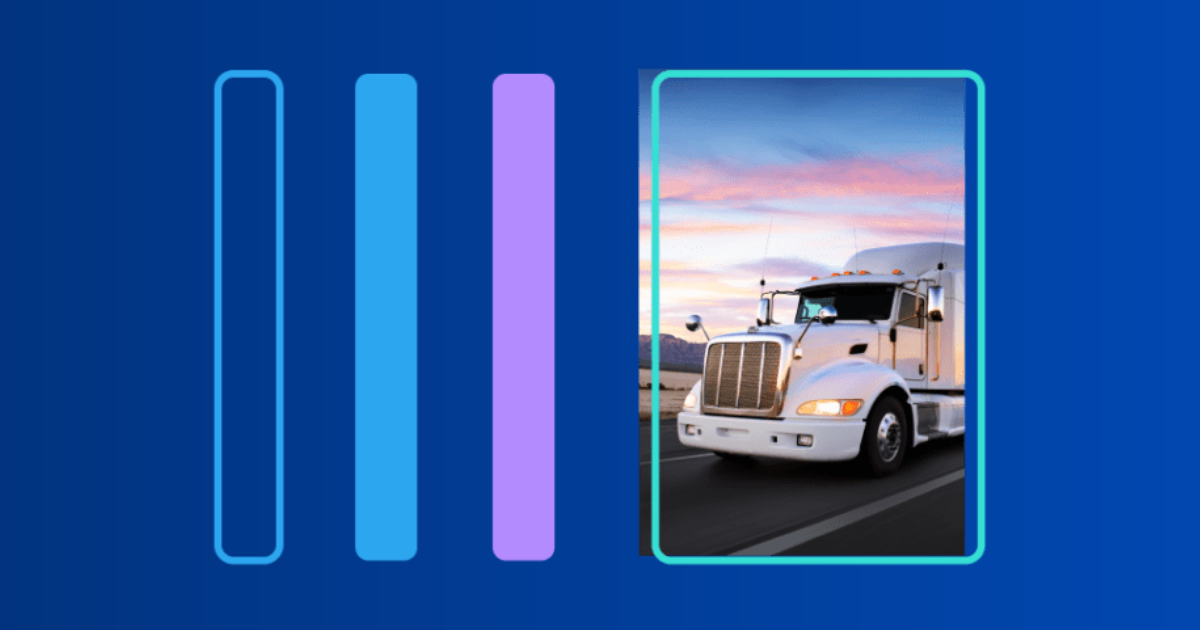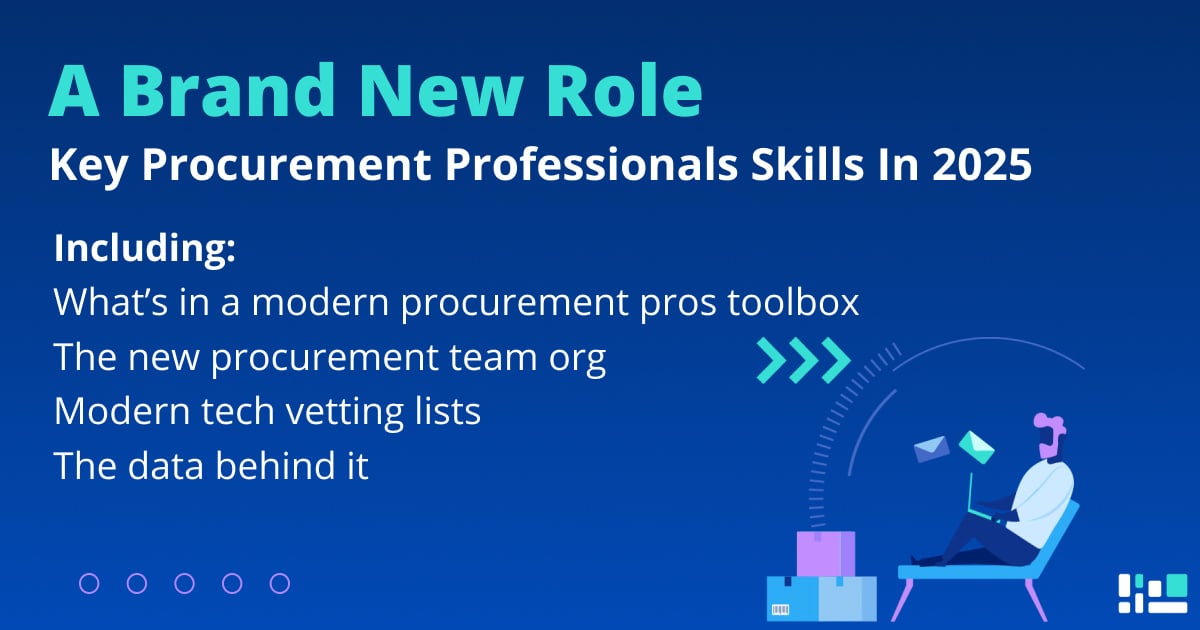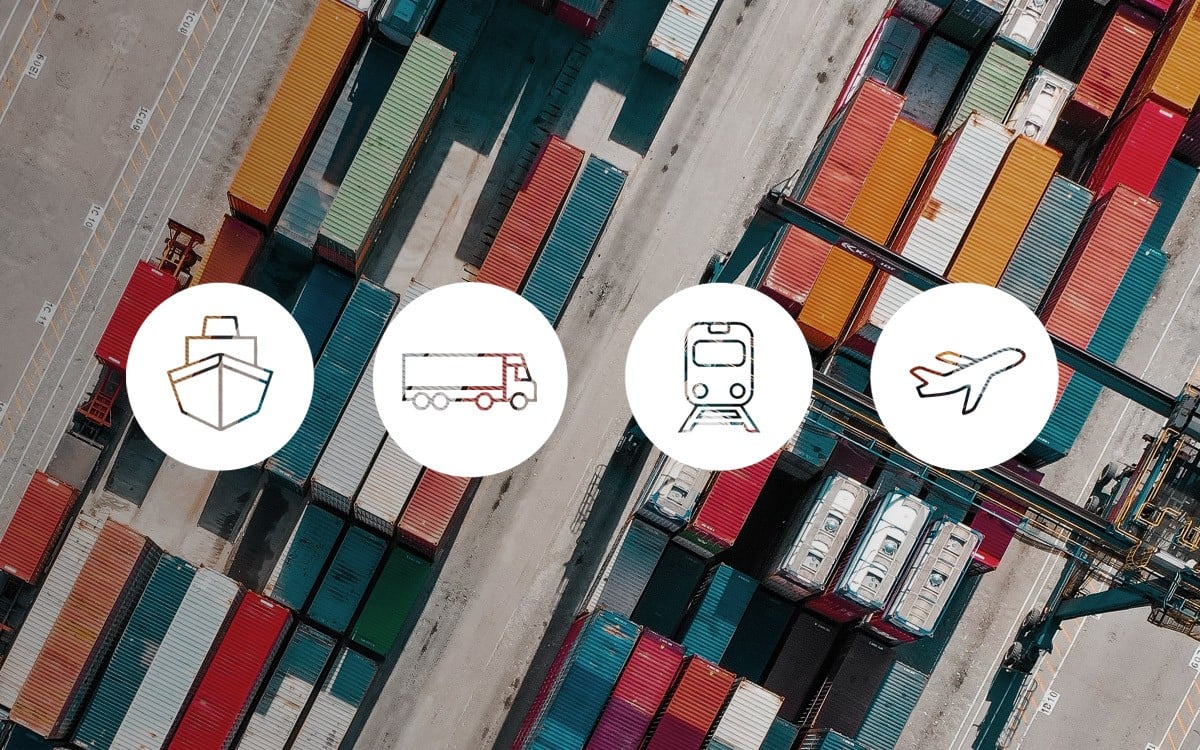By Christian Wilhelm, Founder and Managing Director at Shipsta by Freightos. Connect on LinkedIn here.
Picture this: you’re a transportation procurement manager tasked with optimizing your company’s freight spend across multiple regions, modes, and business units (I hope you have Advil).
You’re balancing spreadsheets, emails, and calls to track down rates, accessorial charges, and capacity constraints. Then you try to run a “quick” bid across a few preferred vendors. Before you know it, your procurement platform runs into a brick wall, without the depth to specify a specific BAF surcharge that only applies to reefers. You’re now deep in the freight weeds—navigating a set of conditions that most non-logistics procurement will never encounter. Sound familiar?
It’s that feeling that you’re using a Swiss Army knife to build your kid’s Ikea furniture. It might work…but it’s going to take 5x longer and strip far too many screws.
The Multidimensional Challenge of Freight Procurement
Freight is complicated. The sheer number of parameters make digitization obvious but also pose a challenge for any digital system. It’s no coincidence that recent research conducted by Shipsta by Freightos found that the best thing that could happen to their platform would be the ability to integrate with legacy systems. Lots of data in lots of places, all with massive amounts of customization and specificity.
As a recent Gartner analysis highlights, transportation costs rank as the second-highest cost in supply chain networks, placing immense pressure on procurement teams to drive savings and efficiency. However, freight procurement is unlike other categories.
Transportation procurement is extremely complex, involving multiple dependencies and criteria. Add in more dimensions, like multiple business lines, different types of shipping units, the geo-sprawl that most organizations have, multiple product lines, changing suppliers to ensure reliable supply chains in a world plagued by volatility, and customer-specific requirements…well, you see where this is going.
Using a generic platform is only one step up from using Excel.
Yes, it’s powerful. Yes, it can do a lot.
But the more generic and adaptable, the less it solves for the specific transportation problems that the real professionals run into. And it’s never mattered more than it does now.
The stakes are high—today’s procurement professionals are expected not only to control costs but also to manage increasing regulatory demands, sustainability targets, and agility requirements to keep pace with market volatility. Yet many organizations lack the tech support they need: according to Gartner (2024), while 95% of companies list cost and efficiency as top criteria in selecting logistics providers, only 17% of procurement teams secure funding for the technology they really need.
There’s another reason. AI and increased digital interactions all depend on a foundation of legible data. This means that a fully digitized, logistics-native platform is more than just a way to ensure that teams can work today. It also unlocks far, far more future opportunities.
The Pitfalls of Generic Procurement Platforms
Despite these challenges, many companies still rely on generic procurement platforms that weren’t built for logistics. These platforms often lead to fragmented, inefficient processes that lack the visibility and agility needed for effective freight procurement. The disconnect between what logistics procurement requires and what these tools can deliver leads directly to a gap in savings and performance that is often felt across the organization.
And then it gets worse.
The rampant volatility of late (tariffs, geopolitics, weather and more), have led to dramatic swings in market rates which, in turn, lead to increasing frequency of tender cycles and rate updates. This effectively takes a process that is somewhat digitized but has issues due to lacking freight-specific support and multiples the inefficiency by 4-12x annually.
The nail in the coffin is then that for many procurement platforms, the end result is….a spreadsheet. Going through the effort of digitizing procurement and ending with an offline process loses all the edge that a digital procurement platform would initially provide.
Why Specialized Freight Procurement Platforms are the Solution
So, what’s the alternative? Increasingly, organizations are turning to specialized freight procurement platforms designed for the unique demands of logistics.
By centralizing all freight procurement activities into a single, unified platform, procurement teams gain critical advantages such as:
- Streamlined RFP and bid management processes – Say goodbye to the cycle of missed deadlines and scattered data, with all bid activities seamlessly managed in one place. All built in the some way that carriers and forwarders already manage their tenders, making sure that your cost management doesn’t come at the expense of your supplier relationships management.
- Access to real-time market intelligence and benchmarking – Built-in benchmarking tools allow for smarter, data-driven decisions, while ensuring that you’re comparing apples to apples and 40’ HC containers on a backhaul lane to 40’ HC containers on a backhaul lane.
- Predictive analytics to inform strategy – The ability to analyze trends and predict costs enables better budget forecasting and risk management.
- Enhanced collaboration across teams and stakeholders – Rather than juggling spreadsheets and email chains, procurement professionals can work in sync with internal and external partners, reducing bottlenecks without dropping the surcharges that matter.
- Regulatory and compliance management – As regulations evolve, a freight-specific platform can help ensure all procurement activities meet current standards, which is particularly important given how important topics like emissions reporting are. .
The Path Forward for Procurement Professionals
If you’re looking to elevate your freight procurement game, it may be time to consider the benefits of specialized technology. By moving away from generic platforms and adopting solutions purpose-built for logistics, you can manage freight procurement with greater agility, visibility, and strategic impact.
As Wilhelm puts it, “Real-time benchmarking data allows us to act agilely in a fast-paced logistics landscape. For today’s procurement teams, this agility isn’t a nice-to-have—it’s essential". In the end, having the right platform for the job is the key to navigating today’s complex, interconnected, and fast-moving freight procurement environment. You don’t bring a knife to a gun fight or a (fairly well-rounded) Toyota Corolla to an off-road rally. Freight procurement deserves a freight procurement platform.



